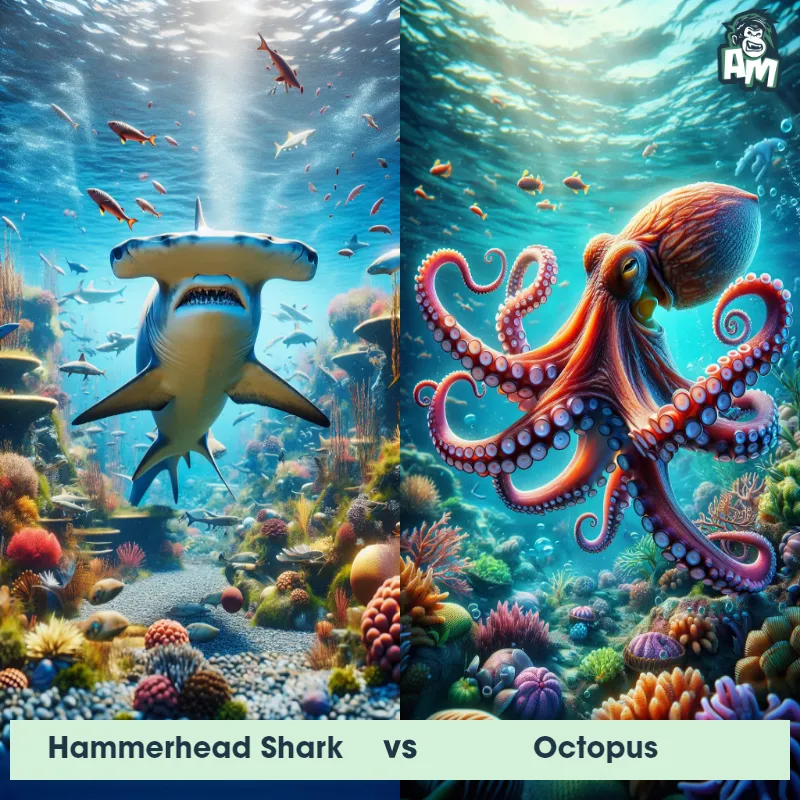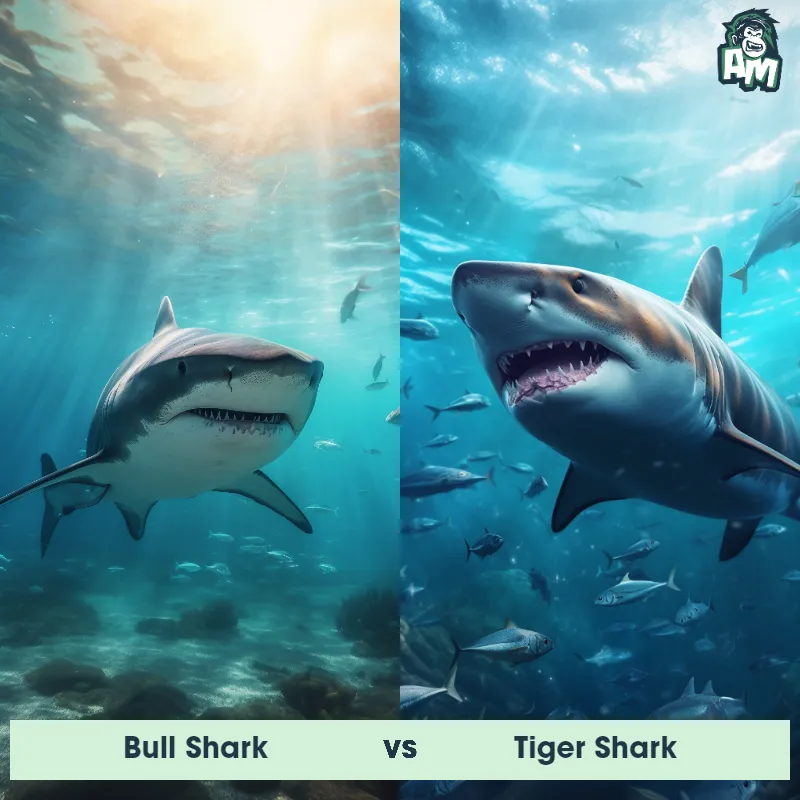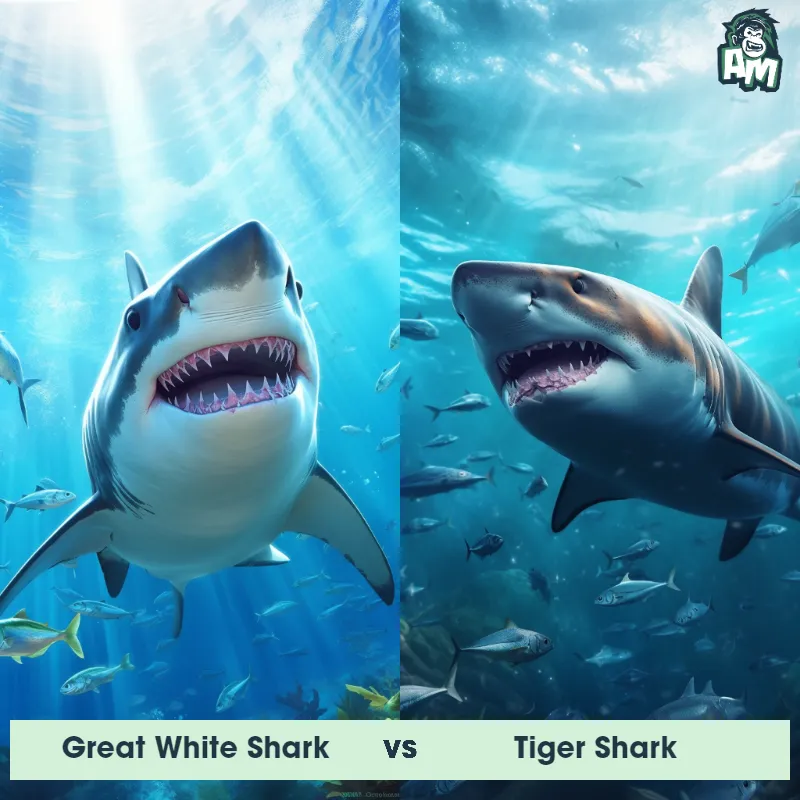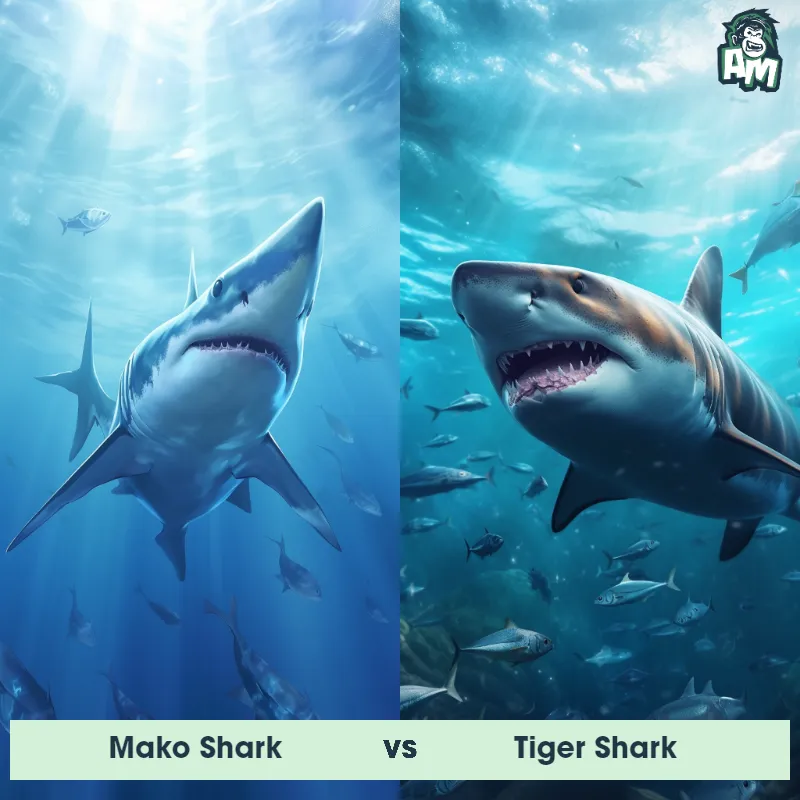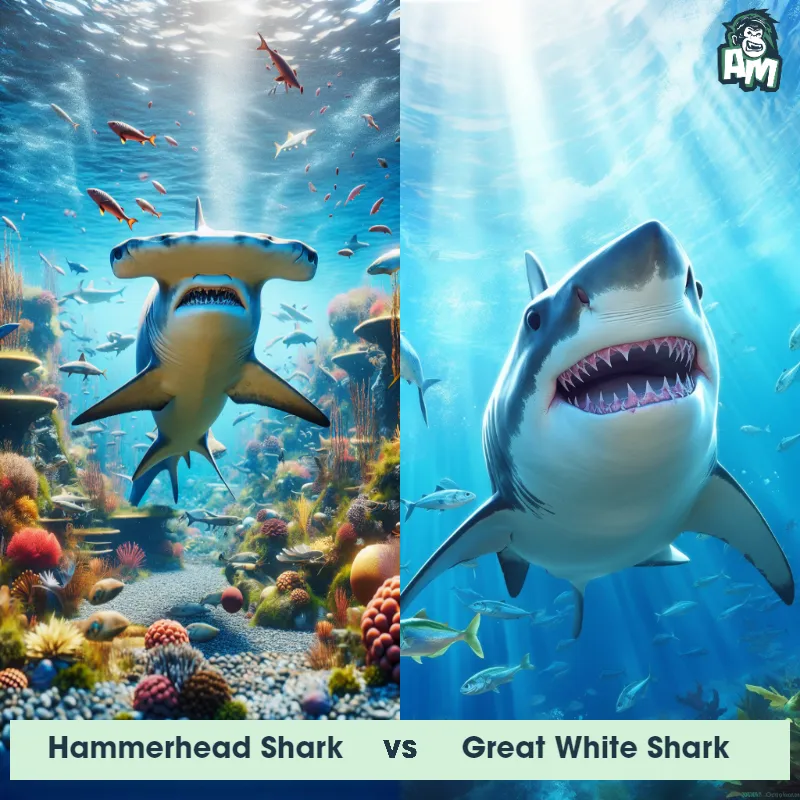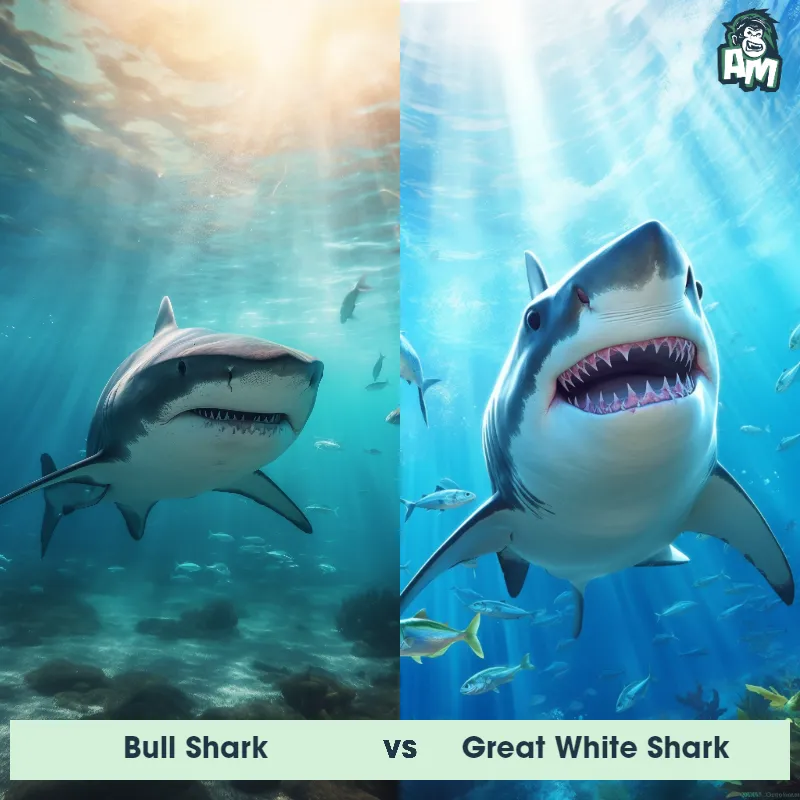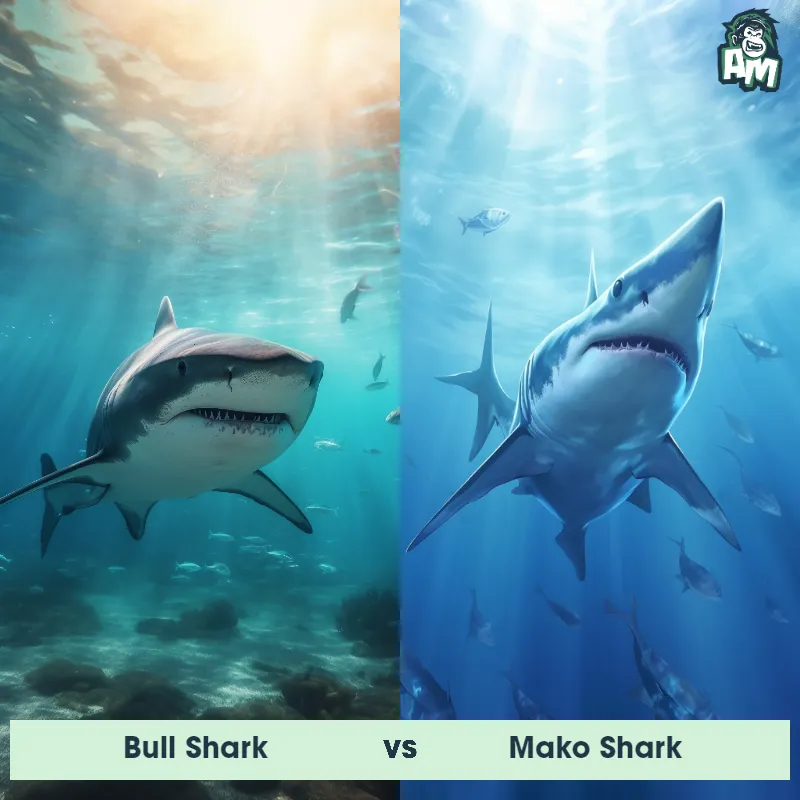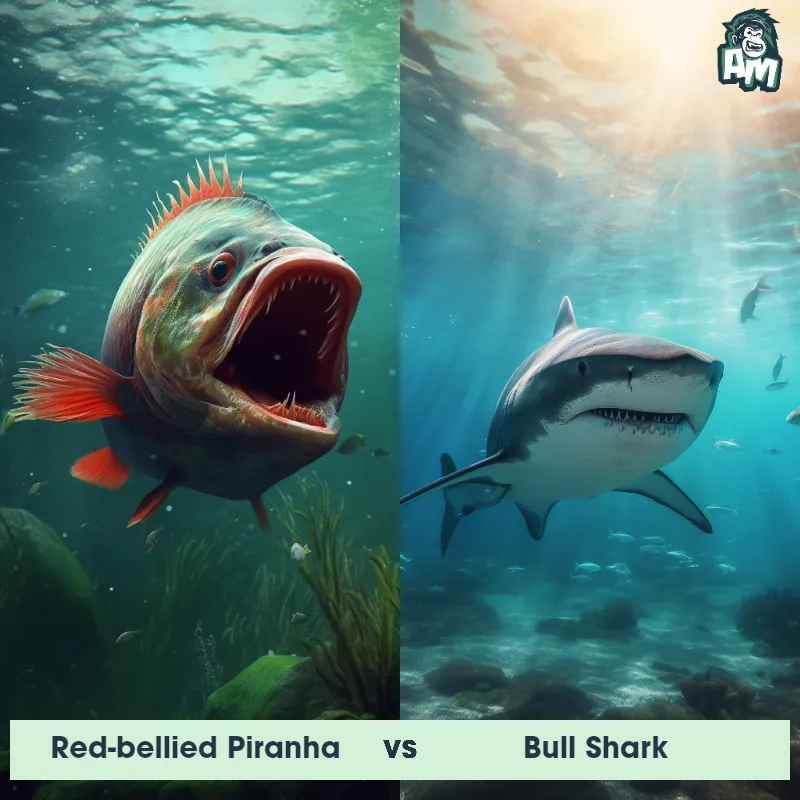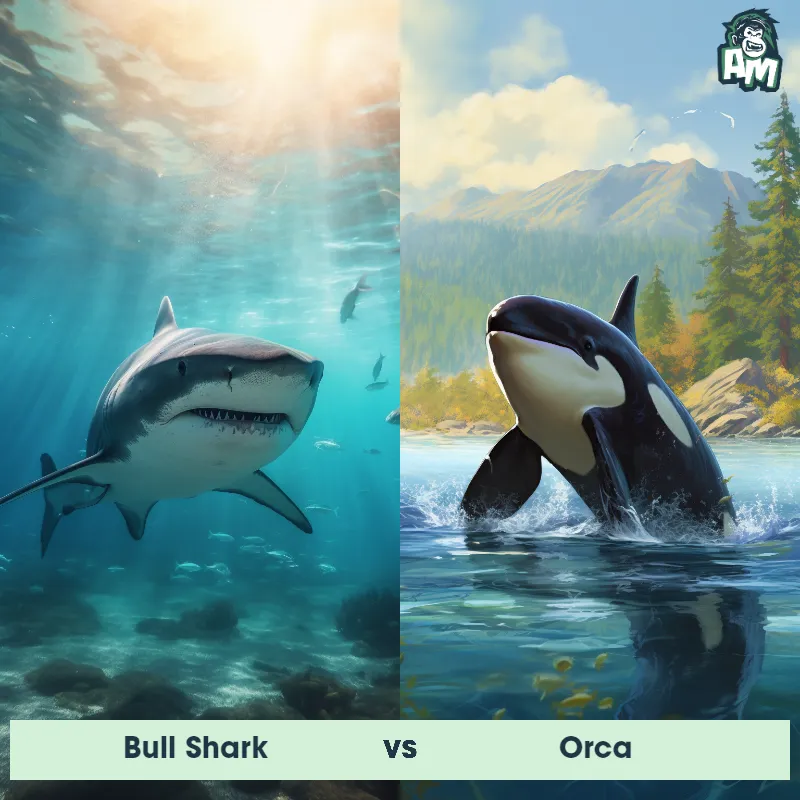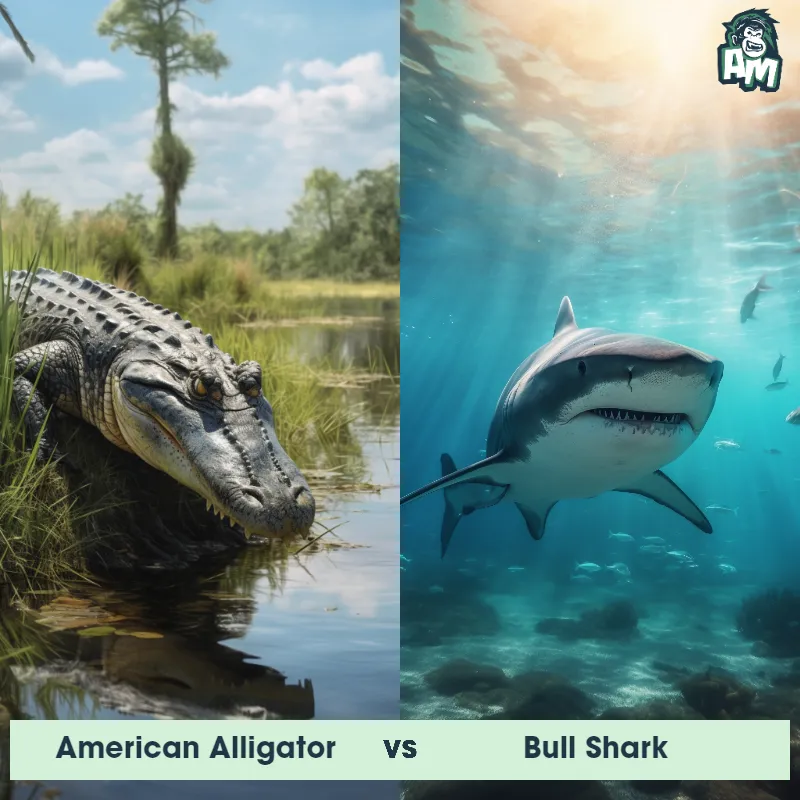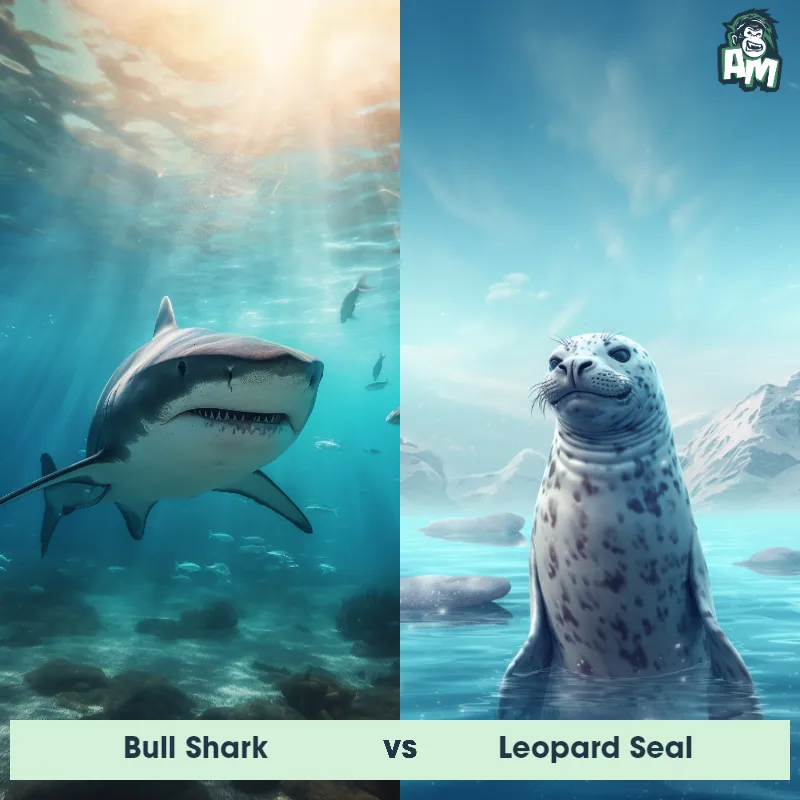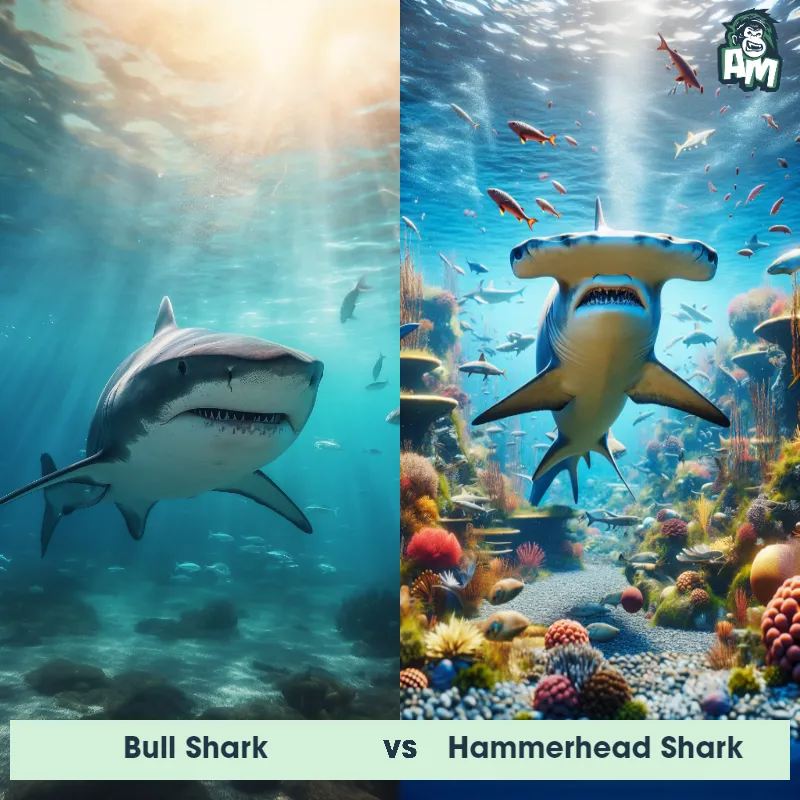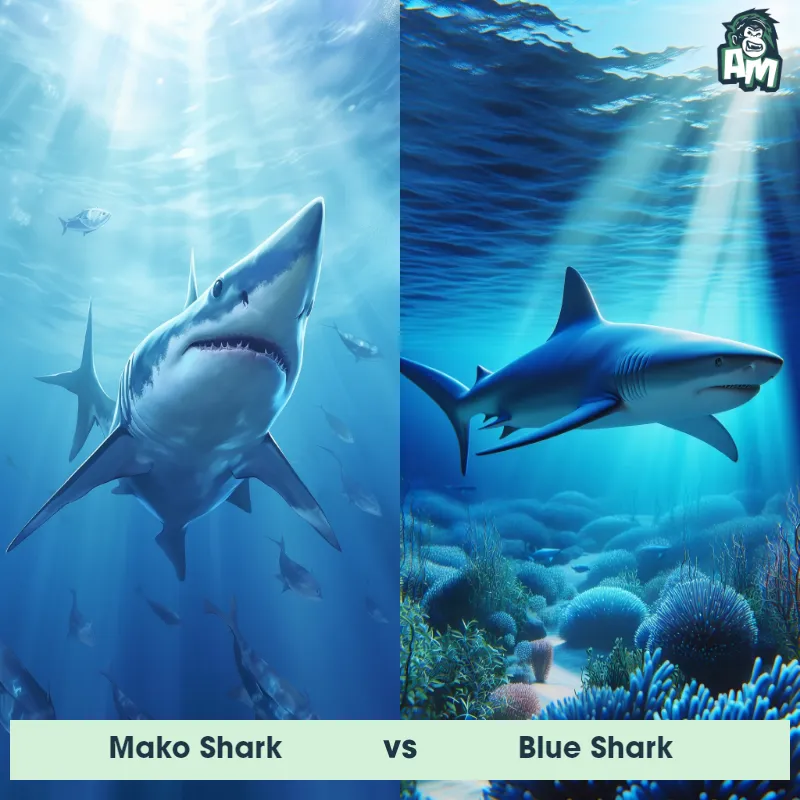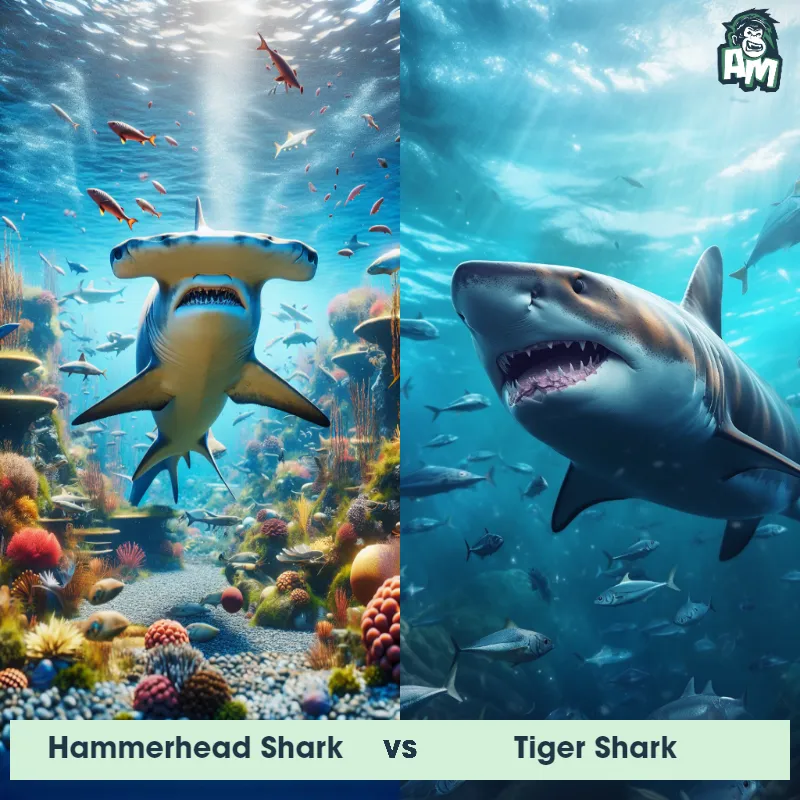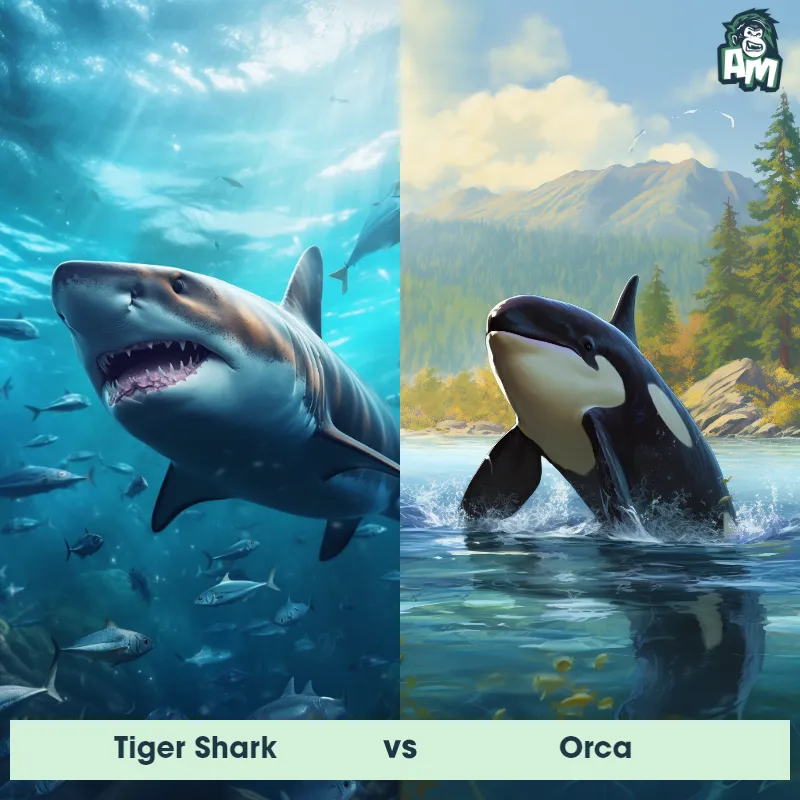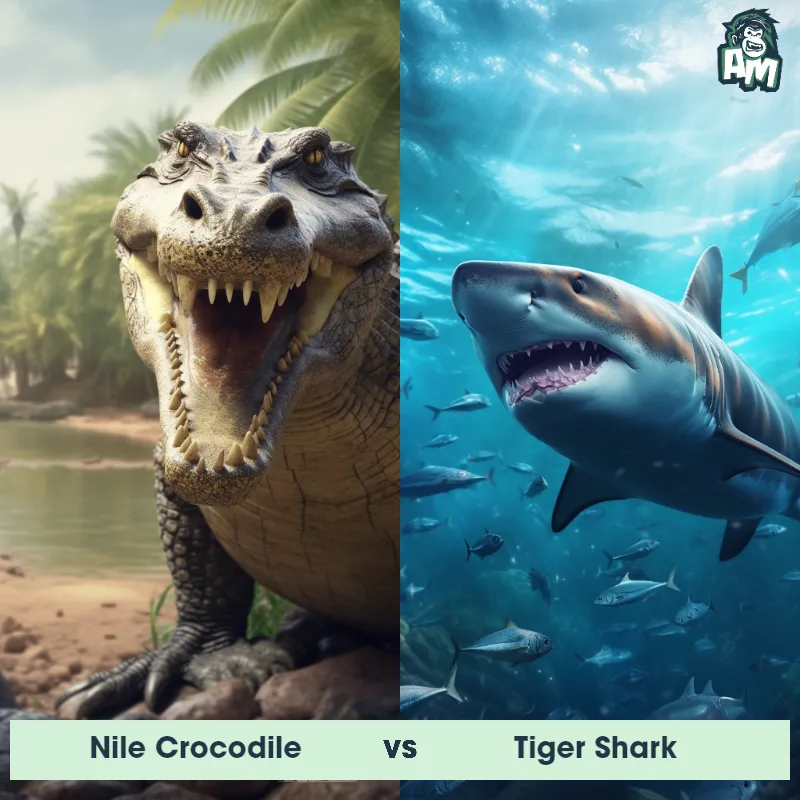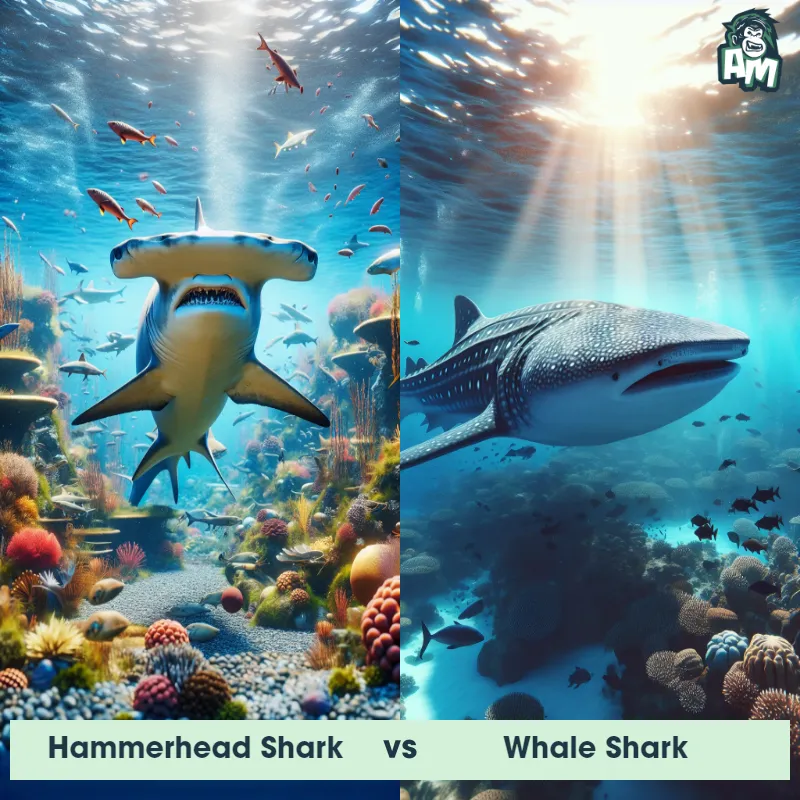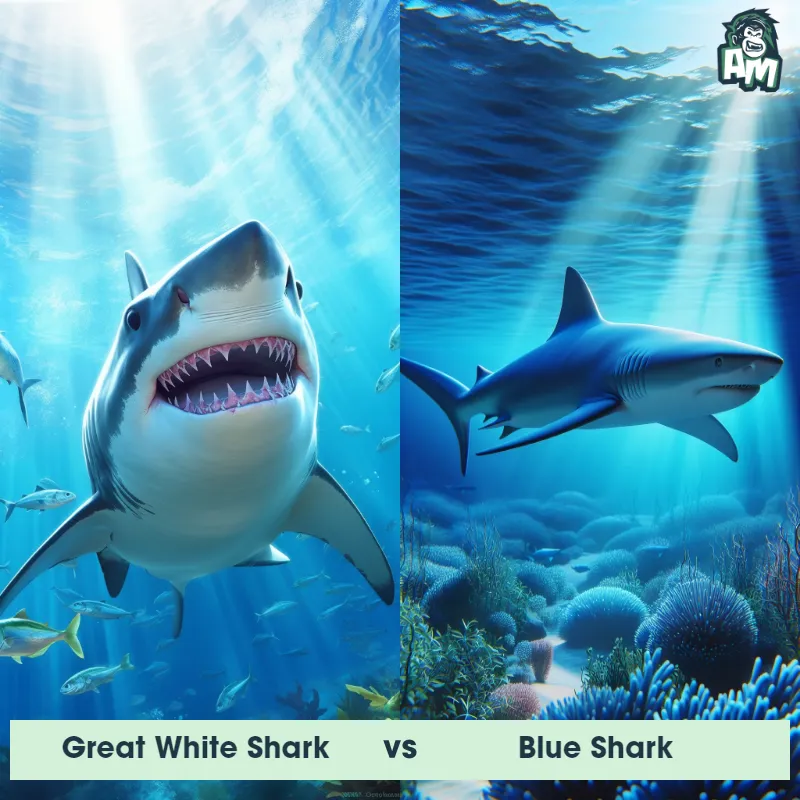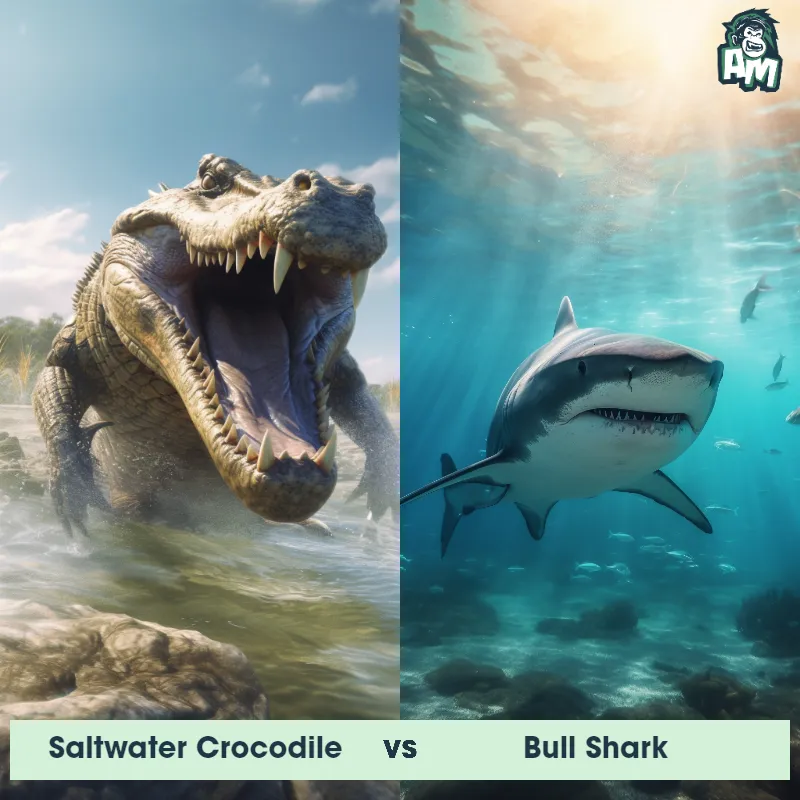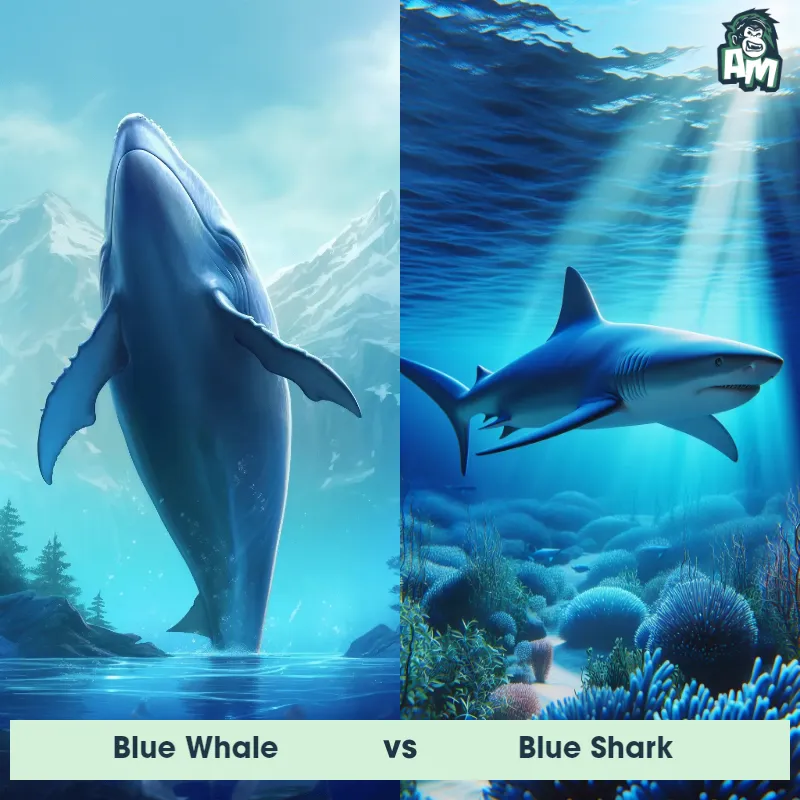Hammerhead Shark vs Blue SharkSee Who Wins

Welcome, ladies and gentlemen, to this thrilling matchup between two formidable contenders in the deep blue sea! In the left corner, we have the fierce Hammerhead Shark, known for its unique head shape and sharp teeth. And in the right corner, we have the swift Blue Shark, with its streamlined body and remarkable hunting skills. Get ready for an intense battle as these predators go head-to-head in a fight for dominance!
Contender 1: Hammerhead Shark
The Hammerhead Shark, also known as the Great Hammerhead, is a large shark species that can grow up to 20 feet in length and weigh up to 1,000 pounds. Its most distinctive feature is its wide, flattened head that resembles a hammer, which is used to detect prey buried in the sand. They have a gray-brown coloration and a streamlined body that allows them to swim quickly through the water. Hammerhead Sharks are found in warm waters around the world and are known to be solitary hunters.
Fun Fact: Hammerhead Sharks have a unique hunting strategy where they use their wide head to pin down stingrays and other prey against the ocean floor, making it easier to eat them.
Contender 2: Blue Shark
The Blue Shark, also known as Prionace glauca, is a species of mackerel shark that can be found in various oceans around the world. These sharks are known for their slender yet streamlined bodies, enabling them to swim swiftly through the water. They have long, pointed snouts and large, dark eyes. Their bodies are primarily blue in color, hence the name, and they have a white underbelly. Blue Sharks also possess multiple rows of sharp, triangular teeth used for capturing prey. They are known to be highly migratory, often traversing long distances in search of food.
![[object Object] Gif](https://tenor.com/view/blue-shark-boop-gif-4331805278509584479.gif)
Fun Fact: Blue Sharks are known for their impressive hunting abilities, as they can detect even the faintest electrical signals given off by their prey using specialized pores called ampullae of Lorenzini, which are present on their heads. This remarkable electroreception sense allows them to locate their prey even in dark or murky waters.
Matchup Stats
| Hammerhead Shark | Blue Shark | |
|---|---|---|
| Size | Up to 20 feet (6.1 meters) | Up to 12 feet (3.8 meters) |
| Weight | Up to 1,000 pounds (453.6 kilograms) | Up to 400 pounds (180 kilograms) |
| Speed | Speed: 25 mph (40 km/hr) | 25 mph (40 km/h) |
| Key Strength | Powerful bite and strong swimming ability | Strong swimming and agility |
| Biggest Weakness | Vulnerable to attacks on the sides of its body | Relatively timid and avoids confrontation |
Current Votes
Hammerhead Shark vs Blue Shark
See Who Wins
View More Matches
Looking For More?
Similar Matches
Scientific Stats
| Hammerhead Shark | Blue Shark | |
|---|---|---|
| Scientific Name | Sphyrnidae | Prionace glauca |
| Family | Sphyrna | Carcharhinidae |
| Habitat | Saltwater | Open ocean |
| Geography | Warm waters around the world | Various oceans worldwide |
| Diet | Stingrays, fish, squid, octopus, crustaceans | Feeds on fish, squid, and other marine animals |
| Lifespan | 20 years - 30 years | 20 years - 30 years |
Key Differences between Hammerhead Shark and Blue Shark
- Fin Structure: While both sharks have a dorsal fin, the Hammerhead Shark's dorsal fin has a more pronounced shape and is positioned farther back on the body compared to the Blue Shark's, which is positioned further towards the middle of its back.
- Body Shape: Hammerhead Sharks have a more robust and muscular body compared to the Blue Shark, which has a more slender and streamlined body shape.
- Size: The Hammerhead Shark is generally larger than the Blue Shark, as it can reach an average length of 13 to 20 feet, while the Blue Shark typically reaches lengths between 6 to 10 feet.
- Behavior: Hammerhead Sharks are known for their unique behavior of swimming in schools or groups, whereas Blue Sharks are generally solitary swimmers, only occasionally interacting with others during feeding or mating events.
- Head Shape: The most obvious distinction lies in the head shape; the Hammerhead Shark has a distinctive wide, flattened head with eyes positioned on the sides of the extensions (cephalofoil), resembling a hammer, whereas the Blue Shark possesses a more streamlined head with a slender and elongated snout.
- Coloration: The Hammerhead Shark typically exhibits a gray or brownish-gray color on its upper body, blending in with its surroundings, while the Blue Shark has a vibrant blue tone on its dorsal side, giving it its name.










